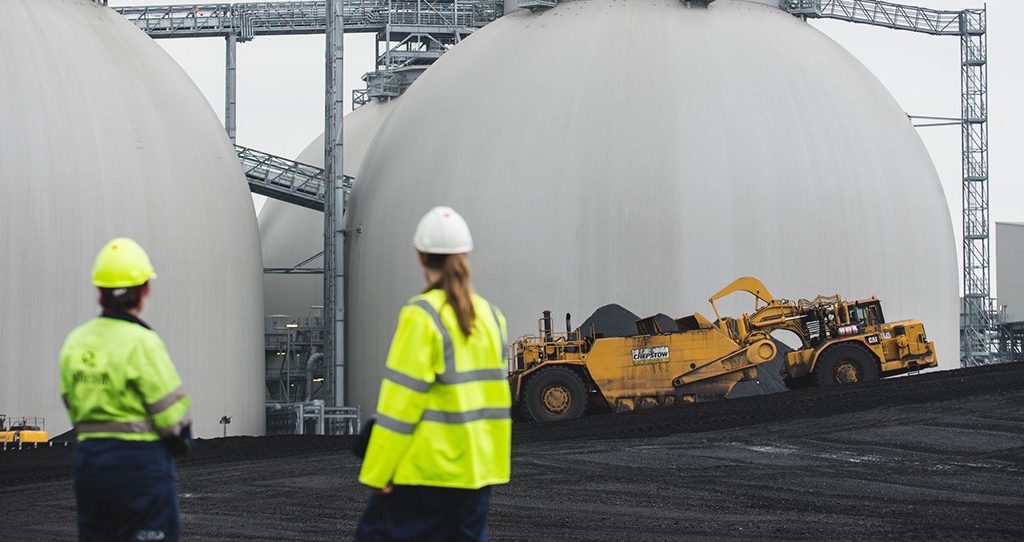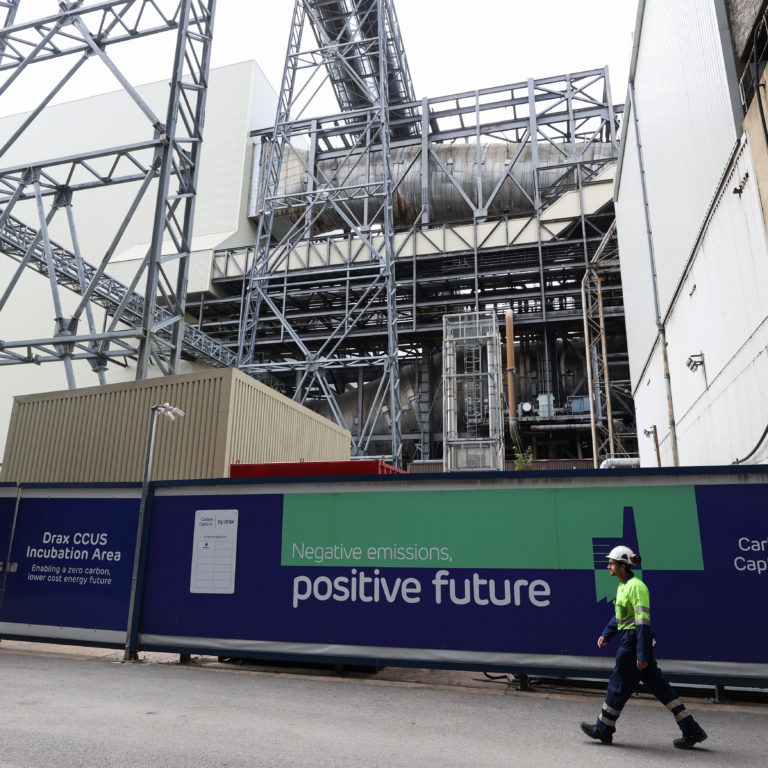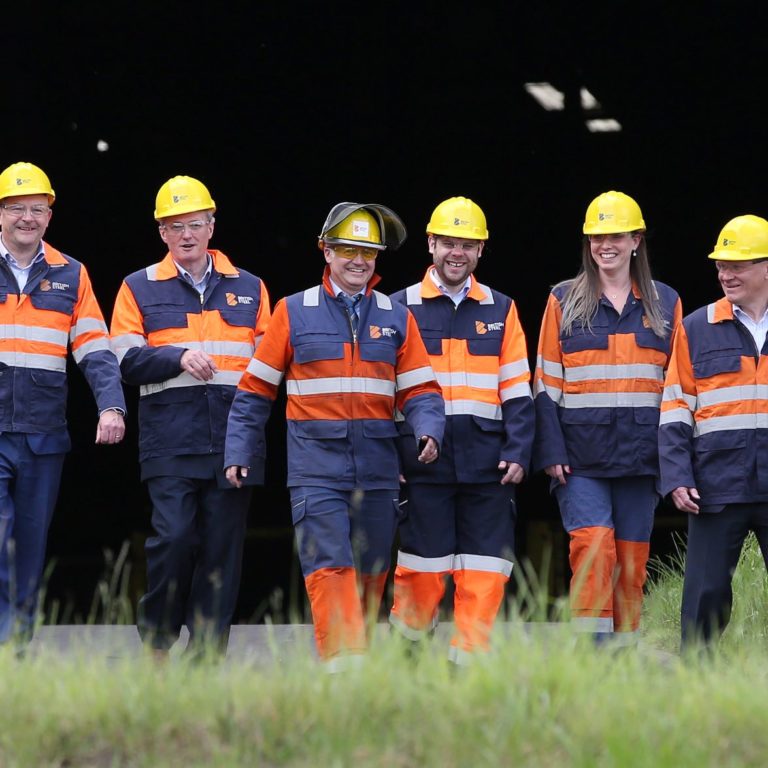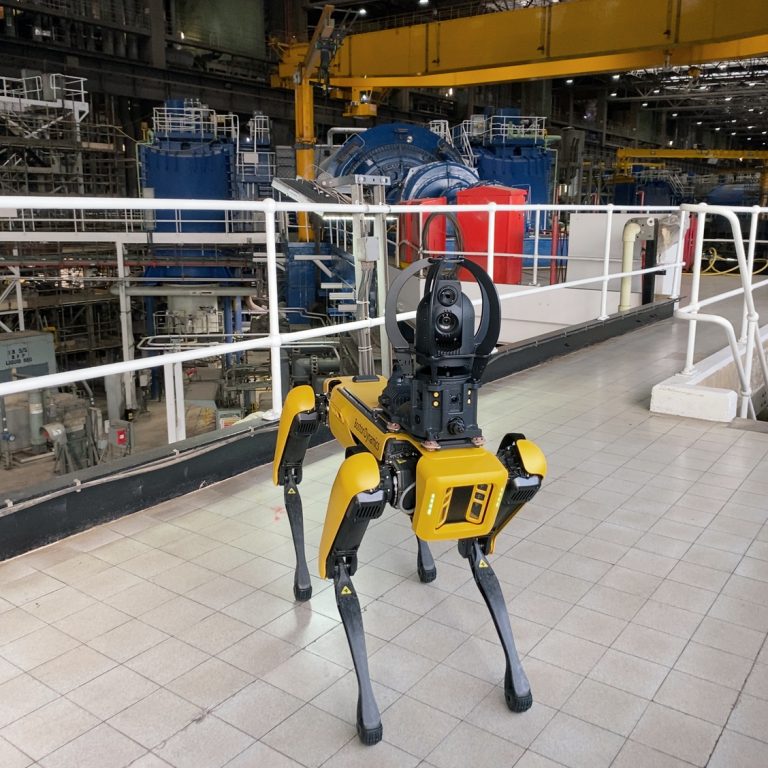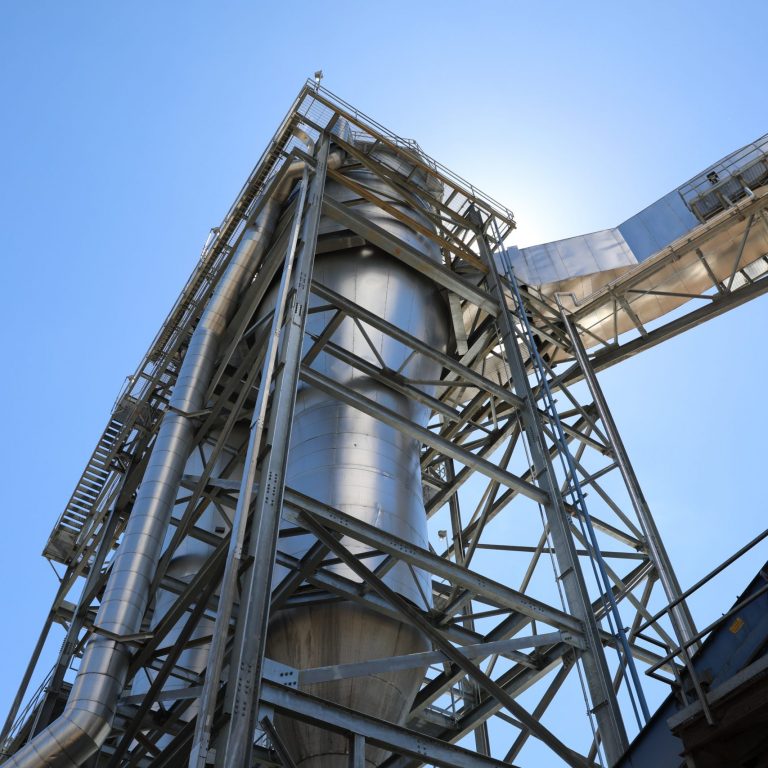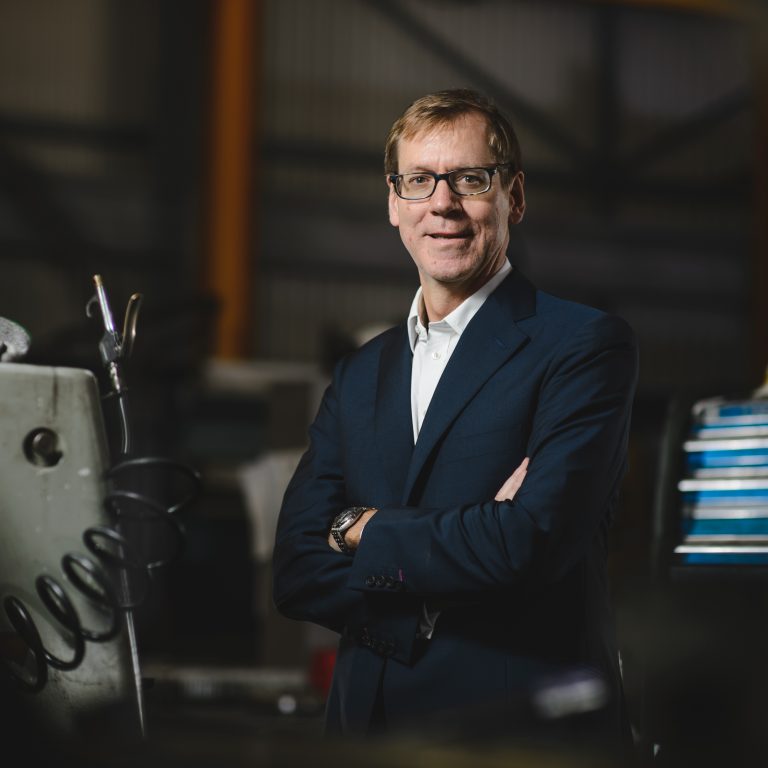At the turn of the millennium, Drax was facing a serious issue. Demand for electricity was high and increasing, but so was the desire for sources of power that were less harmful to the environment than coal, at that time Drax’s fuel.
To continue to meet demand in a cleaner and more sustainable way, an alternative approach was needed. Drax had a legacy in this field – in 1988, it was the first coal-fired power station to install flue-gas desulphurisation technology, which removes 90% of coal’s harmful sulphur dioxide (SO2) emissions.
In the two decades that followed, however, the sustainability conversation moved beyond how to make coal cleaner. Instead, the focus was finding a truly viable alternative fuel.
Finding a new fuel
In those early days, the idea of converting a fully coal-fired station to another fuel seemed outlandish to say the least.
“We made a lot of people’s heads hurt with this project,” says Drax Strategic Projects Engineering Manager Jason Shipstone. “No one had the answers. It was a bit like going for a walk but not knowing where you’re going.” Back then it was all about experimentation.
Jim Price, Alternative Fuel manager at the time, explains: “Initially, we found a few distressed cargos of wood pellets and sunflower husks that someone had ordered but didn’t want. We mixed that with coal at very low concentration.”
Price and his team found they could use the plant-based fuel alongside coal at low percentages without it detrimentally affecting the boilers. It was a long way from being a new business model, but it was a start. They spent the next year working with willow wood, a subsidized energy crop that proved difficult to turn into a fuel that could be used efficiently to power a boiler.
Then in 2005, after building a prototype plant and finding a way to pulverise the willow into a fine powder – called wood flour – and combine it with coal dust, the team hit its first key milestone. It was able to power a Drax boiler.
“That was the Eureka moment,” says Price.
“No one had the answers. It was a bit like going for a walk but not knowing where you’re going.”
A change in attitude
The response to the success was immediate. Senior management support for the project had been in place from the beginning, but now there was a change across the whole company. “People started to think maybe it can be done,” says Price.
Work continued on the project and – after more experiments – Drax eventually settled on compressed wood pellets. This form of biomass ultimately required investment in four vast storage domes that between them store 80,000 tonnes of pellets.
Then there was the issue of supply and delivery. Materials were sourced from the US, shipped to the UK, then freighted to the plant in specially designed covered train wagons, each carrying up to 7,600 tonnes.
“Everything else had to carry on as normal. This had to be seamless. We had to work the same as Drax has always worked – reliable and available,” says Shipstone.
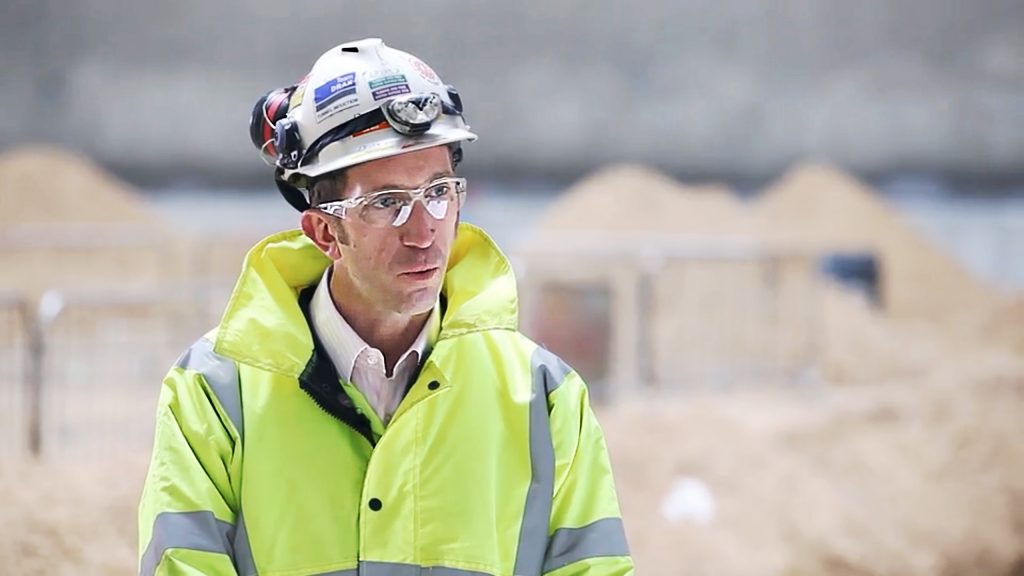
Jason Shipstone, Drax Strategic Projects Manager, played an instrumental role in upgrading Drax.
The final hurdle
In 2009 the team overcame one of the final challenges, and successfully adapted the boilers to combust the new fuel, proving that co-firing (the process of using two fuels powering one boiler – in this case wood pellets and coal) could work. It was enough to show there was a future in wood pellets and it could work at scale.
Although nothing was fully built yet, but Dorothy Thompson, CEO of Drax, was convinced. Shipstone remembers the conversation after Thompson signed the contract to begin the transition in earnest. “’So we can do 10%. What does it take to get to 50%?’ she asked,” recalls Shipstone. His response? No problem. “It was the right answer,” he says.
Toward a coal-free future
Fast forward to 2016, and Drax is Europe’s largest decarbonisation project – reducing emissions by at least 80% of the 12 million tonnes of carbon dioxide that the three, now converted, former coal generation units would have released per year. Although only half of Drax’s six units have been upgraded from coal to use compressed wood pellets, 65% of the electricity generated at the power station is the result of a renewable, rather than a fossil fuel. Its three biomass units produce enough electricity to power the equivalent of four million homes – or more than half of all residential properties in northern England.
Given the challenges the world faces regarding the future of energy production, decisive action is required if we’re to meet carbon reduction targets. In the UK the government has voiced ambitions of phasing out coal by 2025. Drax has aims of doing it quicker. Thompson has spoken of plans that see all coal units taken off the Drax system by 2020, if not before.
The story of energy since the dawn of the Industrial Revolution has been one of fossil fuels. This simply has to change. By finding a way to ease the transition away from coal, Drax is helping to write the next chapter.








